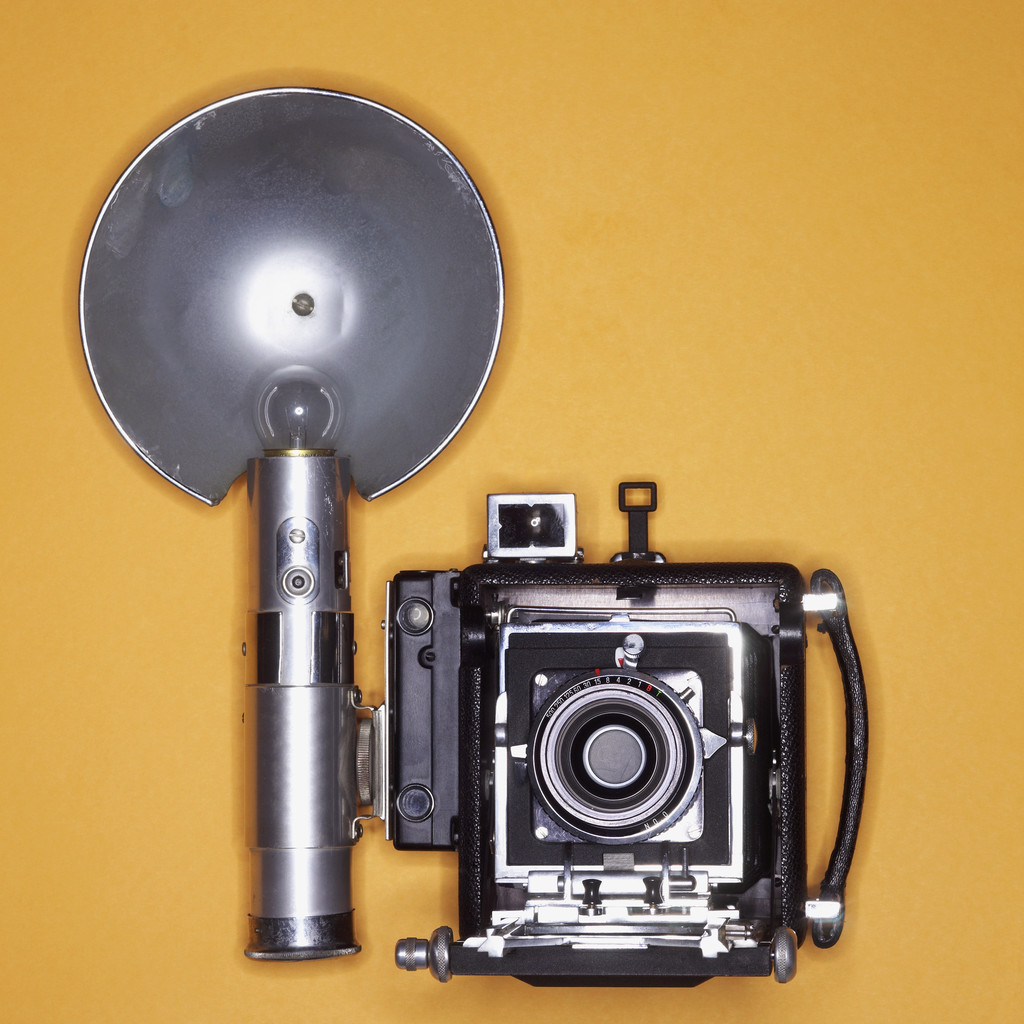 Sam Shaw took thousands of photographs during his prolific career as a photographer, including that famous photo of Marilyn Monroe coyly holding down her white, wind-blown skirt.
Sam Shaw took thousands of photographs during his prolific career as a photographer, including that famous photo of Marilyn Monroe coyly holding down her white, wind-blown skirt.
In Tunick v Shaw , two attorneys, Jeffrey P. Tunick and William P. Greenawalt, sought to recover their legal fees after representing Shaw and his litigious brood of children over their competing claims to custody of the photo collection.
The battle began in 1994 when Sam Shaw stated a case against his son, Larry, for the purported theft of some 200,000 photos. The two were embroiled in that dispute until April of 1999 when, upon their father's death, Edith and Meta Shaw were authorized by the New York County Supreme Court to pursue their father's claim. The court also appointed a receiver to retain custody of the photos and, when they were damaged in the warehouse where they were stored, a $2 million claim was filed with the insurer.
Ultimately, each of the Shaw sisters received a 25% interest in the collection while Larry Shaw received the remaining 50%. A year after that settlement, Tunick, Larry's attorney throughout the 8-year dispute, and Greenawalt, attorney for the Shaw sisters, asked the court to fix liens on the photograph collection and any insurance proceeds in the full amount of their unpaid fees. The Supreme Court granted the attorneys' request as against the photo collection, but not with respect to the proceeds of any insurance settlement, and ordered a referee to determine the reasonableness of the sums sought.
Since Larry Shaw had neither denied receipt of Tunick's bills, nor protested the amounts claimed to be due, the Appellate Division, First Department, concluded that Tunick's lien could be fixed and the reference with respect to reasonableness of his fees vacated. Greenawalt, on the other hand, had sent the Shaw sisters his bill only a few weeks prior to his application to the court and, since the Shaw sisters had vigorously objected to his invoice, the AD1 was of the opinion that the Supreme Court had properly referred Greenawalt's fee claim to a referee for determination. (A condition in Greenawalt's retainer agreement which permitted the doubling of his fees was found to be enforceable since the Shaw sisters had "carefully negotiated" and acquiesced to those terms.)
The AD1 also extended the attorneys' liens to the proceeds of any insurance settlement reached with regard to the photos, relying on a general rule that a lien upon property "clings to any property or money into which the subject can be traced."
Did we mention we've taken up photography?

You can read the case in its entirety at: Tunick v Shaw
